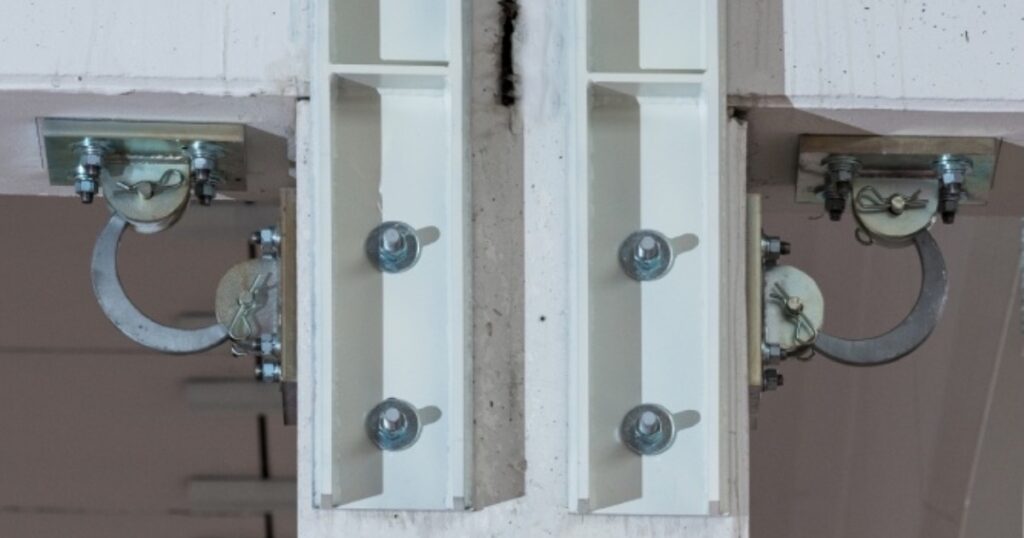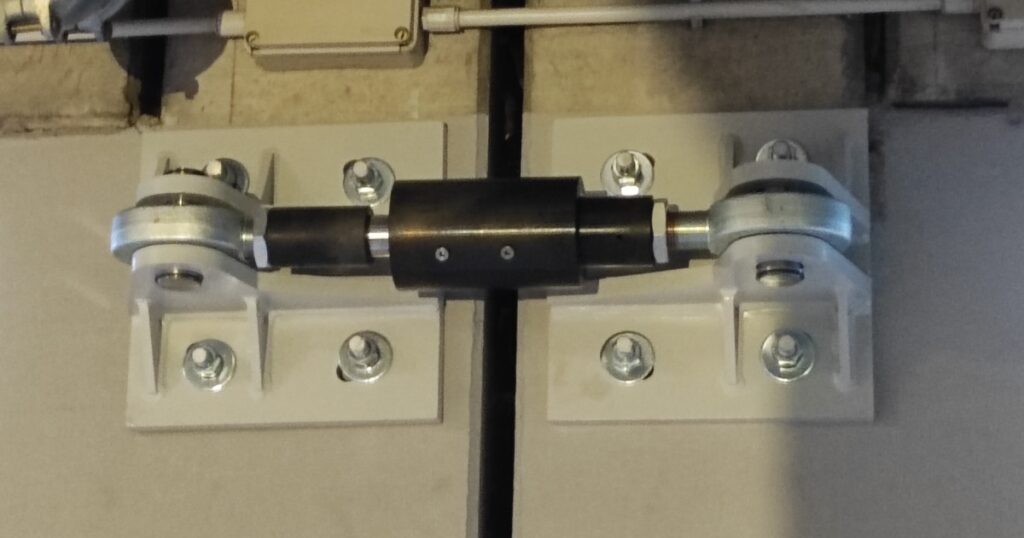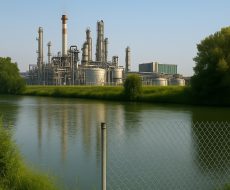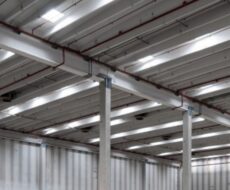
June 16, 2023
Dissipative anti-seismic restraints: characteristics and advantages
In the structural design context, building safety is of primary importance, especially in areas with high seismicity. Dissipative anti-seismic restraints represent an advanced solution to improve the resistance capacity of structures during an earthquake. In this article, we will explore the characteristics and advantages of dissipative seismic restraints, also focusing on the difference between hysteretic and viscous damping restraints.
What are dissipative anti-seismic damping restraints?
Dissipative anti-seismic damping restraints are structural elements designed to absorb and dissipate the seismic energy generated during an earthquake. They are installed in structures to reduce the destructive effects of shaking and improve the overall seismic resistance of the building.
Characteristics of dissipative anti-seismic damping restraints
Dissipative anti-seismic damping restraints have several distinctive characteristics that make them effective in protecting against seismic forces:
- Dissipative capacity: Dissipative anti-seismic damping restraints are designed to absorb and dissipate seismic energy through plastic deformation or viscous dissipation mechanisms. This energy dissipation capacity helps reduce the build-up of stress in the structure.
- Adjustability: The anti-seismic dissipative damping restraints can be designed to allow for the adjustment of structural performance based on the specific needs of the building. This aspect allows greater flexibility in the design and management of existing structures.
- Reliability: Dissipative seismic damping restraints are designed to ensure stable and predictable behaviour during an earthquake. They are subject to strict quality controls and are tested to ensure their reliability and safety.
- Ease of installation: Dissipative anti-seismic damping restraints can be installed both in new constructions and in existing structures. Depending on requirements, they can be integrated into the initial design or added later as a reinforcing measure.
Types of dissipative damping restraints
Dissipative anti-seismic damping restraints can be classified into two main categories: hysteretic restraints and viscous restraints.
Hysteretic restraints
Hysteretic restraints are a type of dissipative seismic damping restraint that uses hysteresis to dissipate seismic energy. Hysteresis refers to the energy loss that occurs during the cyclic loading and unloading of a material. In hysteretic damping restraints, elements are used that deform plastically during an earthquake, accumulating elastic energy and gradually dissipating it through deformation cycles. This mechanism allows for effective dissipation of seismic energy and a good ability to restore the structure after the seismic event. Hysteretic damping restraints are known for their high dissipative capacity and their ability to absorb large amounts of energy, effectively protecting structures from the damaging effects of an earthquake.

On the right and left two CMM ISTER BEND hysteretic damping restraints
Viscous restraints
Viscous restraints are another type of dissipative damping seismic restraint. Unlike hysteretic damping restraints, viscous restraints use viscous dissipation to reduce seismic energy. These restraints consist of devices that contain fluids or viscoelastic substances that offer resistance to seismic movement. During an earthquake, kinetic energy is converted into heat through viscous dissipation, effectively reducing stresses on the structure. Viscous damping restraints offer an adjustable seismic response, as their dissipation capacity can be tailored to the specific needs of the building.

Shock transmitter dynamic restraint
Difference between hysteretic restraints and viscous restraints
The main difference between hysteretic damping restraints and viscous damping restraints lies in the seismic energy dissipation mechanism. While the former exploit hysteresis and plastic deformation to dissipate energy, the latter rely on the viscous resistance of fluids or viscoelastic substances to dissipate kinetic energy. Both of these types of restraints offer excellent performance in reducing structural damage during an earthquake, but can be suitable for different types of structures and specific conditions.
Hysteretic damping restraints are known for their high ability to absorb and dissipate seismic energy through cycles of plastic deformation. This makes them particularly suitable for structures that require greater strength and ability to absorb large amounts of seismic energy. Hysteretic damping restraints are also known for their ability to recover after an earthquake, as they can return to their original shape after deformation.
On the other hand, viscous damping restraints rely on the viscous resistance of fluids or viscoelastic substances to dissipate seismic energy. This mechanism offers greater flexibility in regulating structural performance, thus allowing adaptation to the specific needs of the building. Viscous damping restraints are particularly useful for protecting high-value buildings and sensitive structures, as they can provide more precise control over the seismic response.
In both cases, the use of dissipative anti-seismic damping restraints helps to improve the safety of structures and reduce damage caused by earthquakes, offering solid protection for people and property.
Over the years, Seriana S.p.A. has been able to master the skills necessary to identify the type of restraint suitable depending on the context of intervention, creating tailor-made company solutions.






